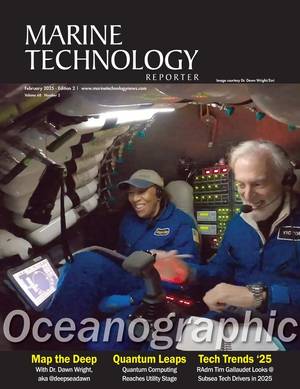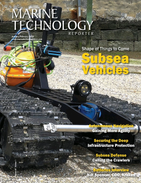Researchers to Laser Scan Titanic Wreckage
A research team armed with the latest in state-of-the-art underwater technology will set out this summer to capture laser data of the RMS Titanic wreckage.
The six-week expedition will depart from St. John’s, Newfoundland in June, sending scientists, content experts and mission specialists to explore the historic wreck site aboard OceanGate's manned submersible Cyclops 2, the first to survey the Titanic since 2005.
In order to document the present condition of the shipwreck and debris field without physical interaction, the submersible will be equipped with 2G Robotics’ dynamic underwater laser scanner, the ULS-500 PRO, which will be used to generate highly accurate, real-time 3D models with millimetric resolution.
Not only does the ULS-500 Pro deliver fine-scale dimensional features not captured by other methods, it is also significantly quicker, according to OceanGate CEO, Stockton Rush. “Laser scanning provides maximum detail in less time than other techniques,” he explained. “2G Robotics has provided us with a solution that will generate an entirely new perspective of the Titanic.”
The team will compile the laser data with overlayed 4K images captured over the course of the the expedition to create a detailed 3D virtual model of the wreck that will serve as a baseline to help researchers gauge the decay of the wreck, and to document and preserve its submerged history over time.
In addition to creating a nearly lifelike digital model of the 108-year-old shipwreck and documenting its debris field, OceanGate said one of its top priorities is to do so without disrupting the habitat or any artifacts. “The expedition will be conducted in accordance with NOAA and UNESCO guidelines for the preservation of underwater world heritage sites,” the company said.
“We recognize that the entire site is a memorial and we undertake our expedition with great respect for those who died in the sinking,” Rush said.






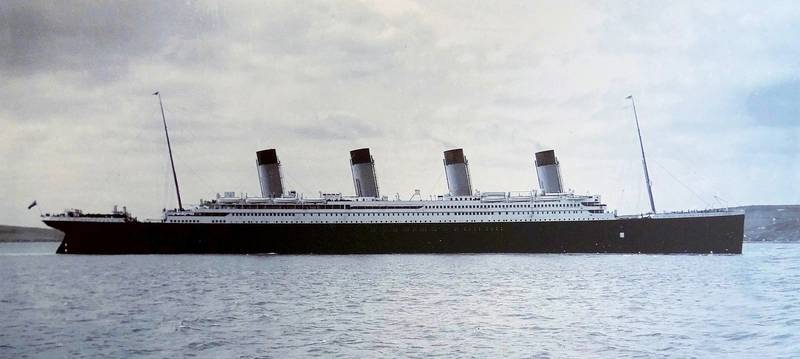

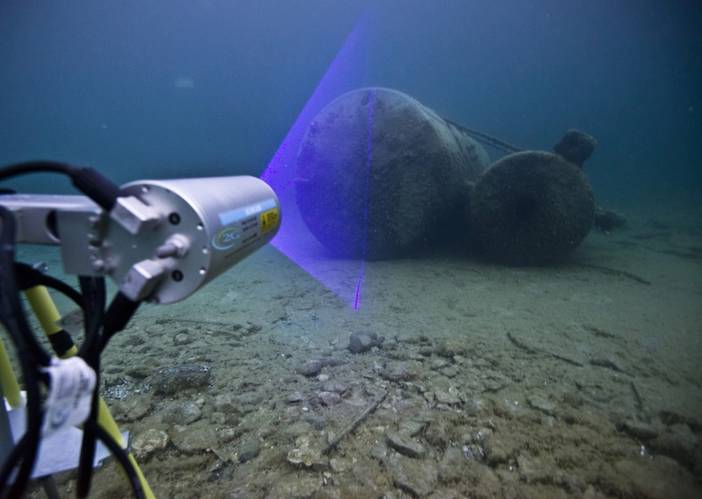
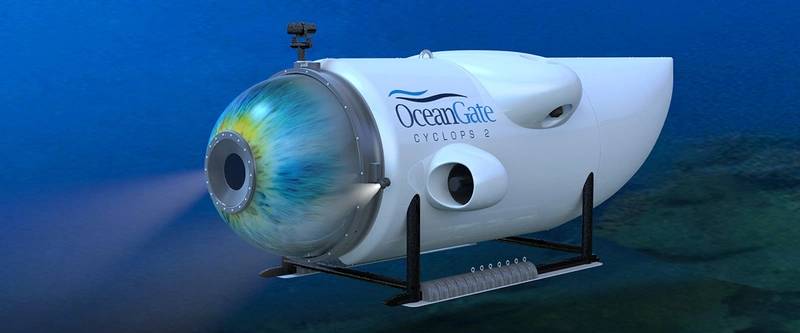
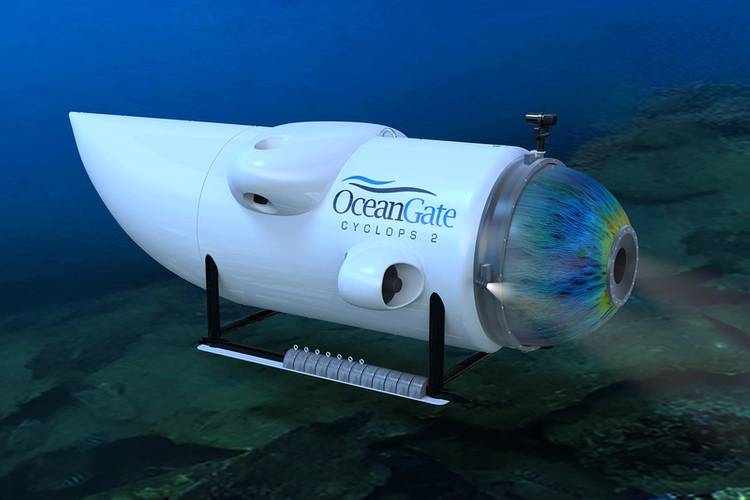

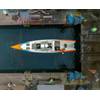

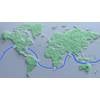








 February 2025
February 2025
